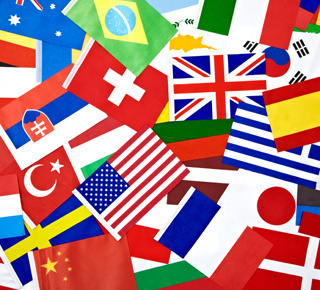About Flags of the World
Flags are powerful symbols representing countries, cultures, and histories. Each design carries meaning — from the colours chosen to the shapes and emblems displayed. Studying world flags is a fun way to learn about geography and global identity.
In this section, learners can explore quizzes such as European Flags and African Flags. Other quizzes like Asian Flags and North and South American Flags help learners test their knowledge while making connections across continents.
By recognising and remembering flags, students can strengthen their world knowledge and develop a deeper understanding of the countries they represent.
See the official Government guidance: Flags of the World – Wikipedia.
Frequently Asked Questions
Why are national flags important?
Flags are national symbols that represent a country’s identity, unity, and history. They are often used during international events, ceremonies, and celebrations.
How can quizzes help me learn about flags?
Quizzes make learning interactive and memorable, helping you associate each flag with the country and its culture while building long-term recall.
Which is the oldest flag still in use?
The flag of Denmark, known as the Dannebrog, dates back to the 1200s and is recognised as the oldest national flag still in use today.
Author: Graham Haw (Education Quizzes Team Member)






























